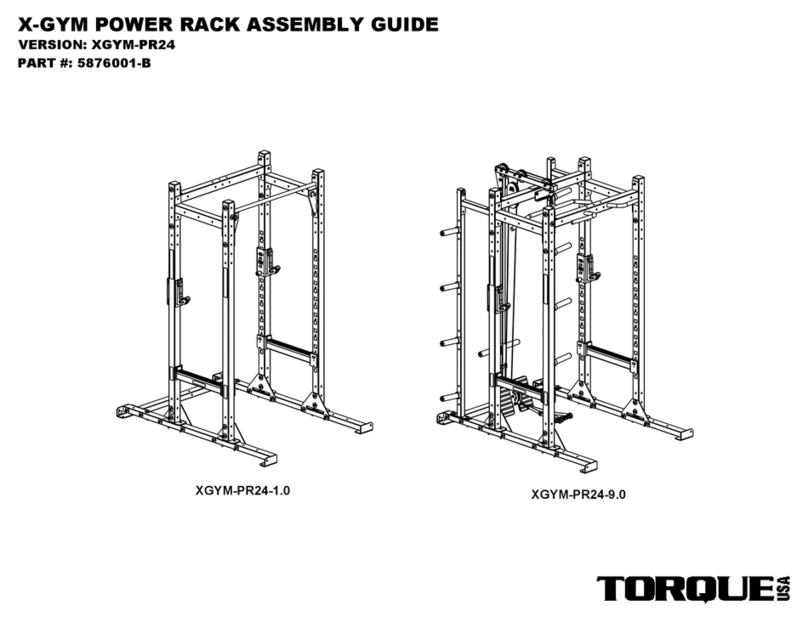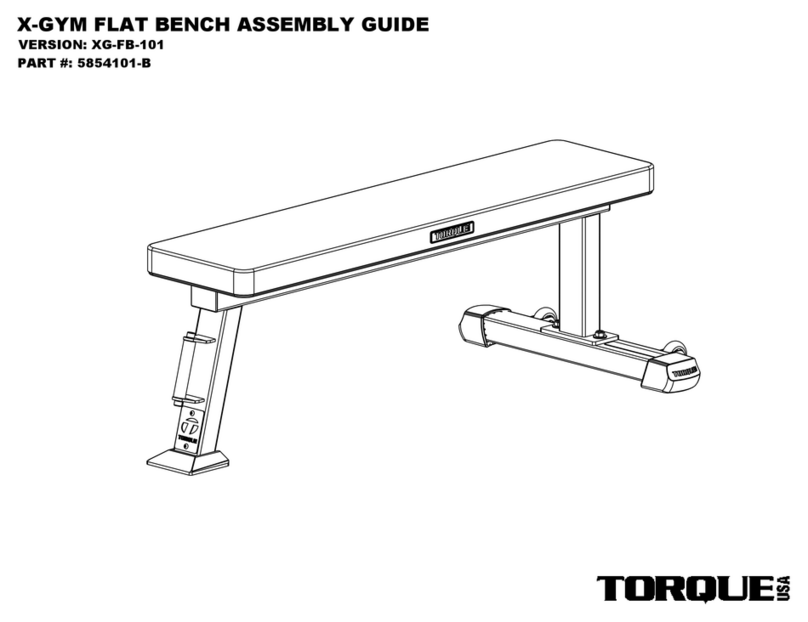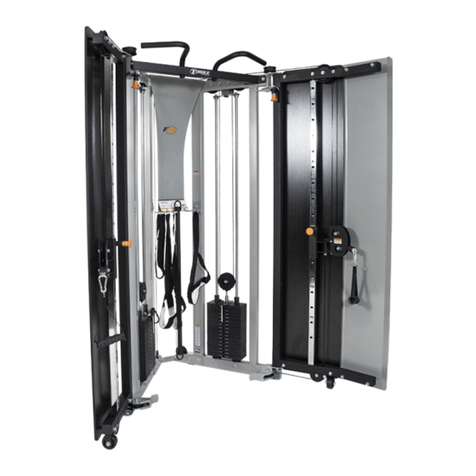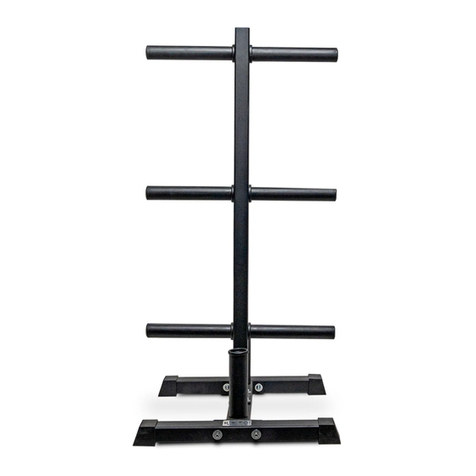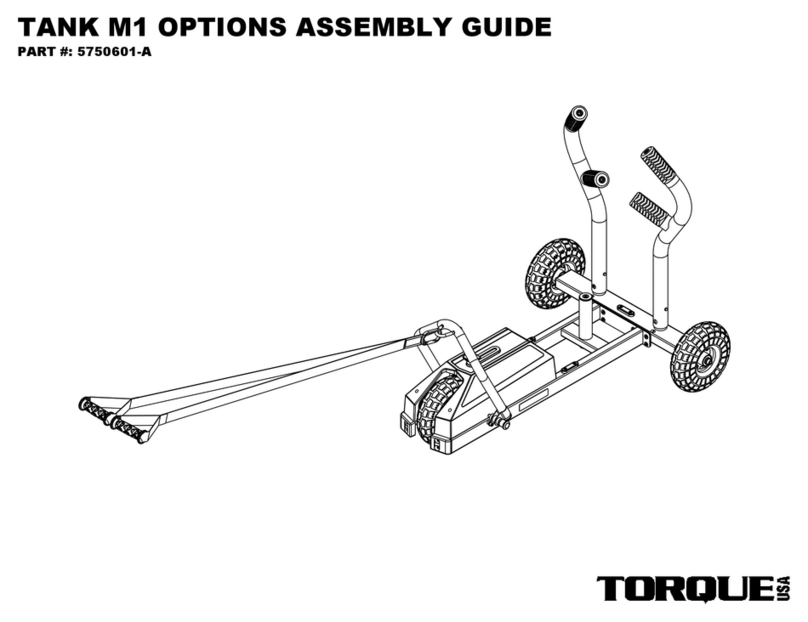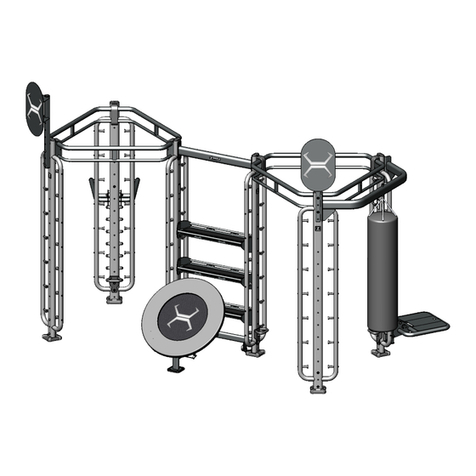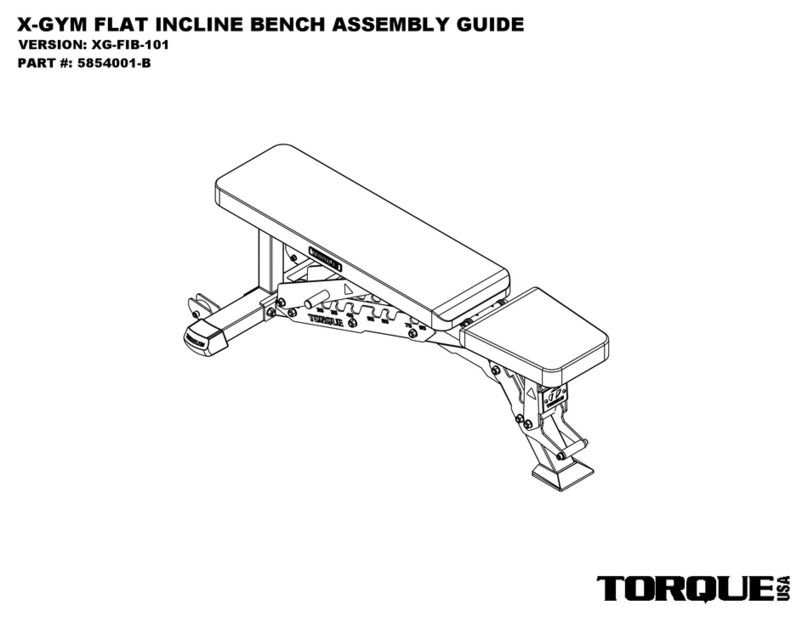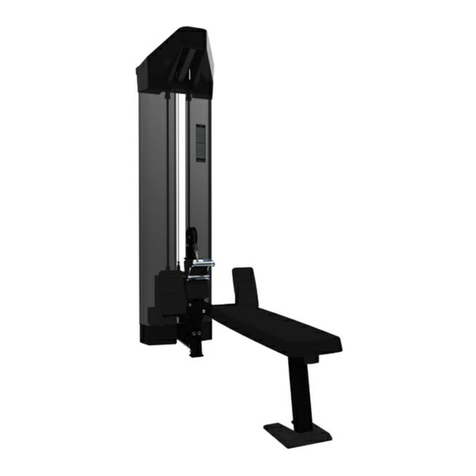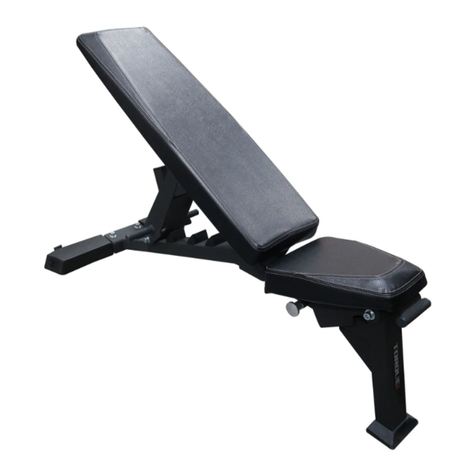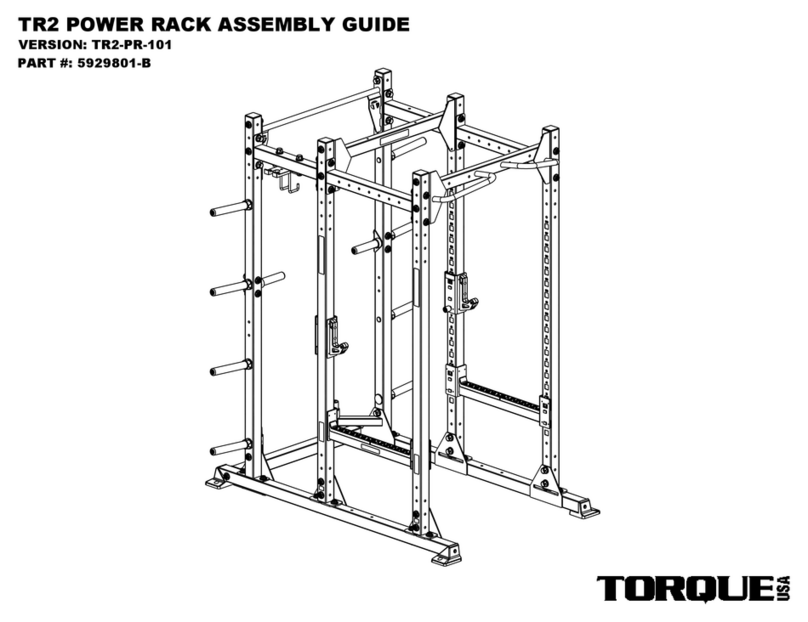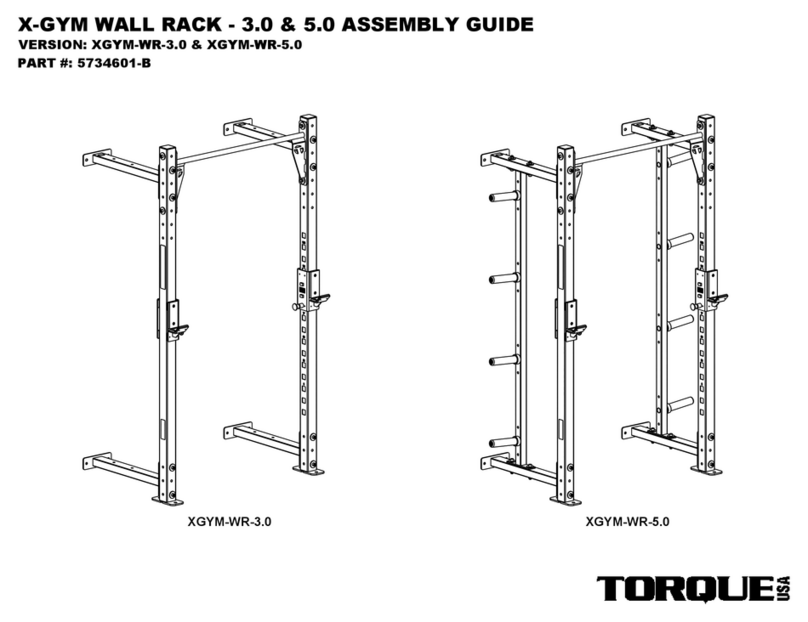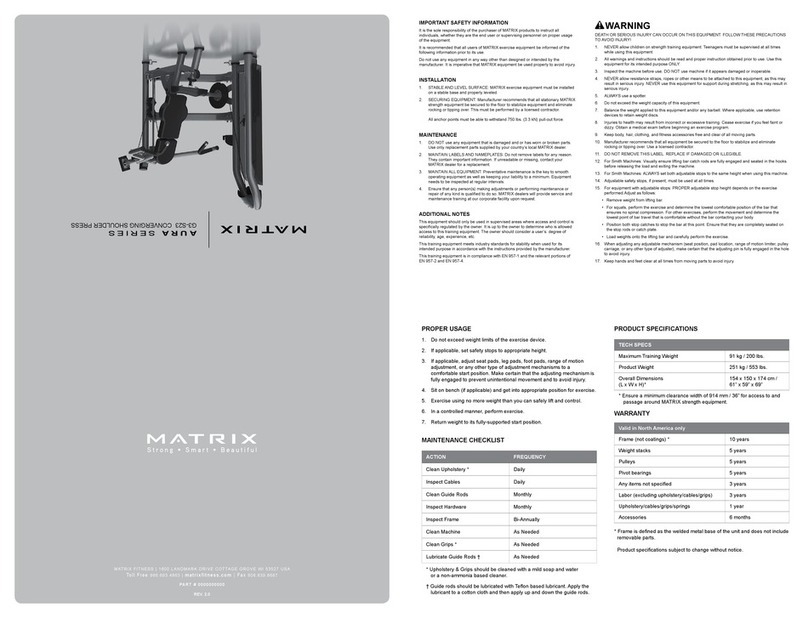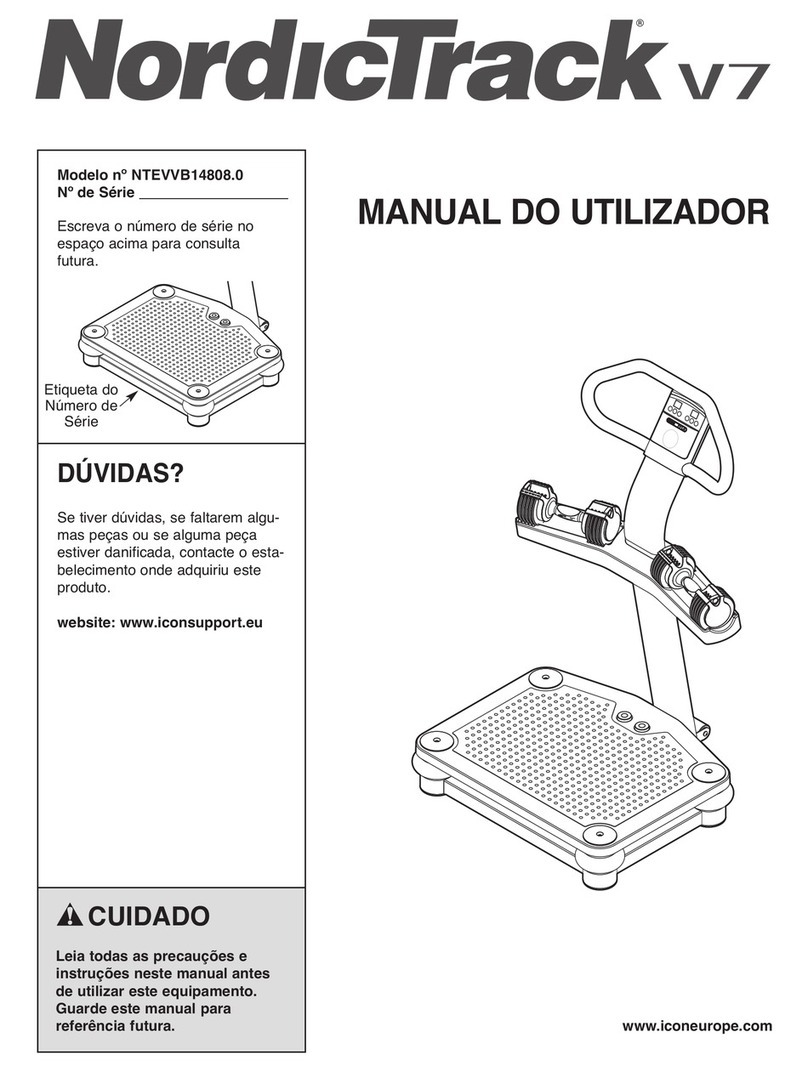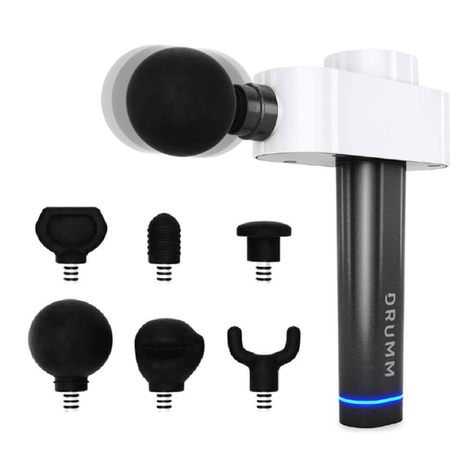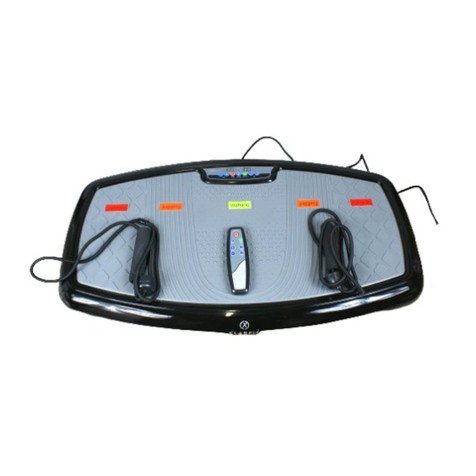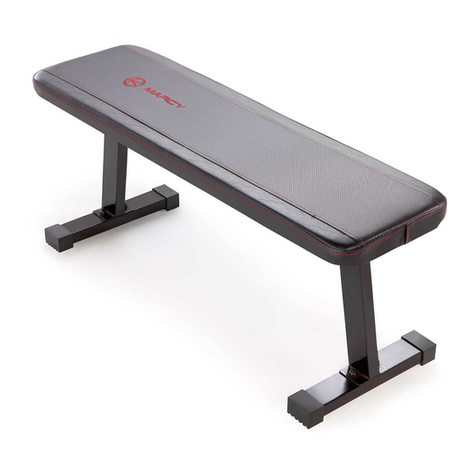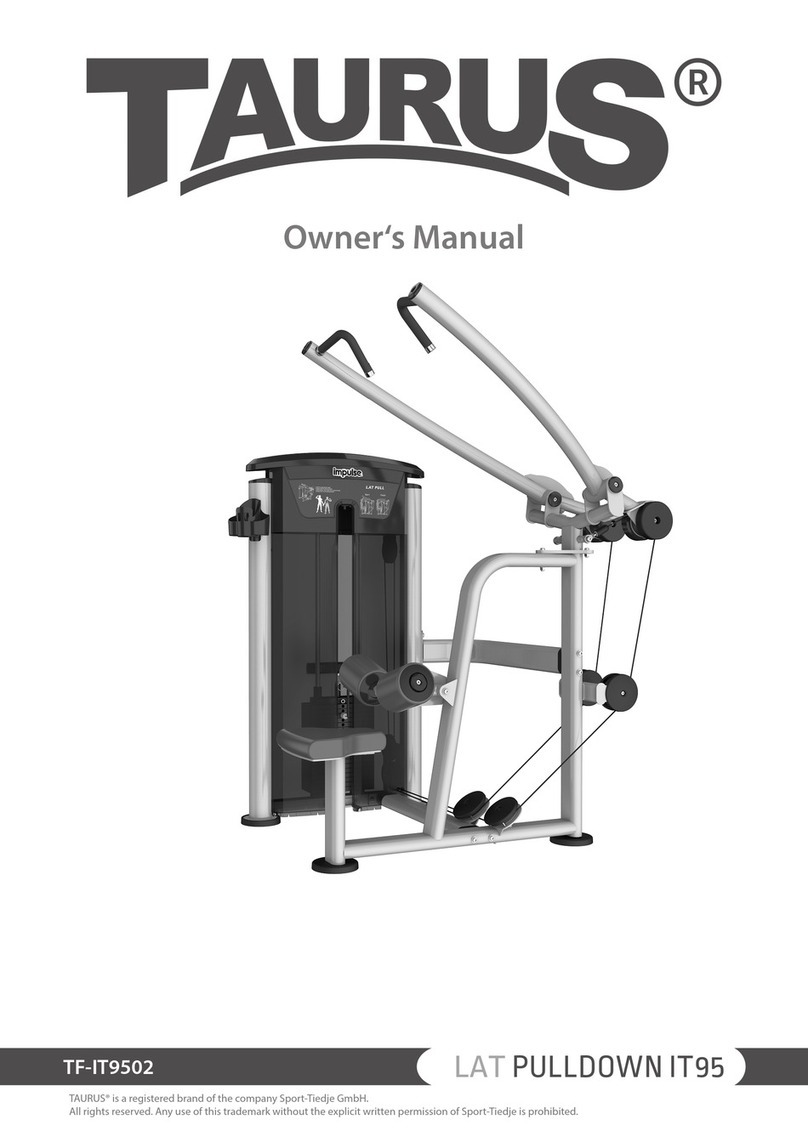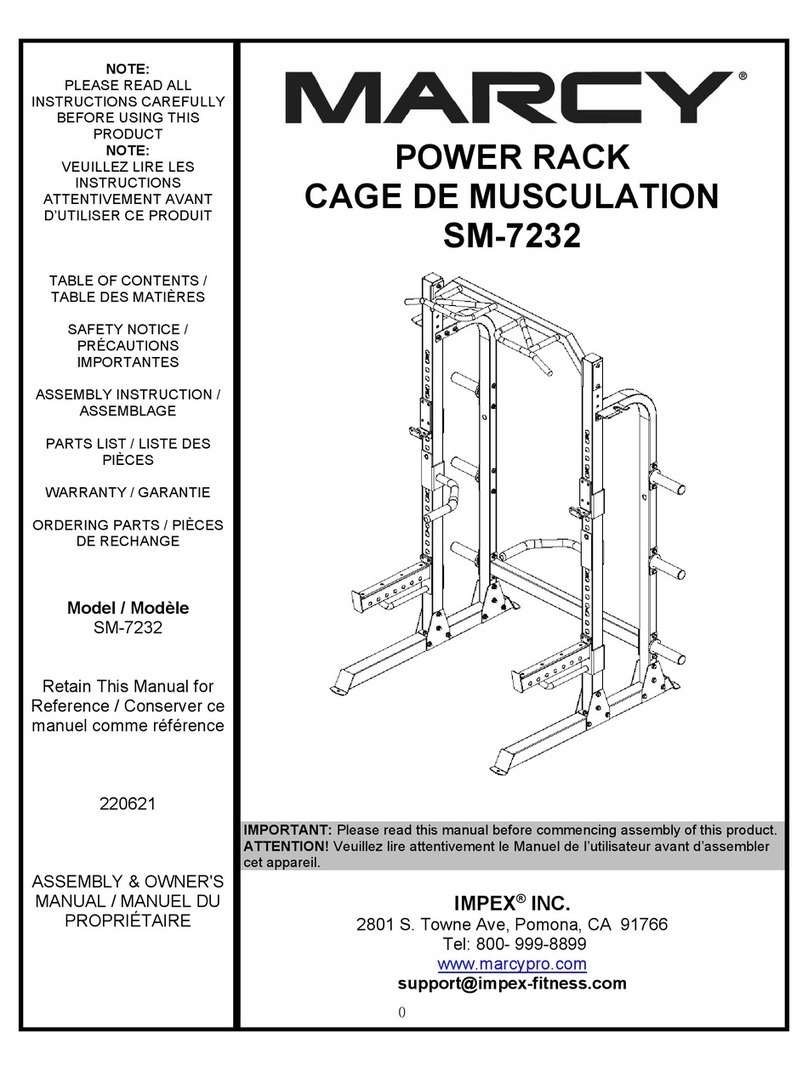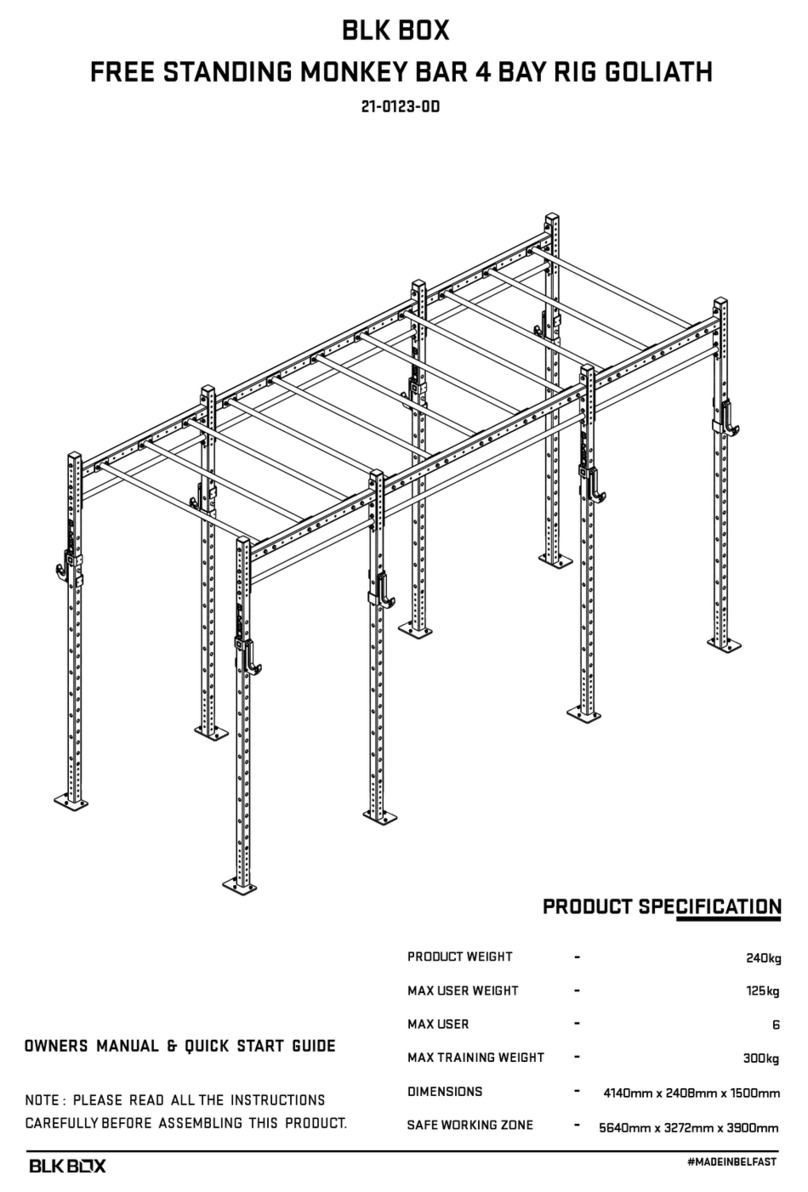
7
EXTERNAL EFFECTS
Temperature Compensation
Norbar test beams are manufactured from aerospace alloys. These materials have a higher expansion
coefficient than steel and should therefore be used in a temperature controlled environment of 20˚C +/- 2˚C.
If the beam must be used outside these limits, the temperature must be stable (within 1˚C change per hour)
and the effective length of the beam calculated according to the details below.
The temperature coefficient is 23 x 10-6 /˚C or (0.000024 per ˚C)
The formula for calculating the change in effective beam length is:
Change in length =
Initial beam radius x Coefficient of linear expansion x Change in temperature (from 20˚C Nominal)
Example: 1 metre radius beam used at 24˚C
Change in length = Initial beam radius x (23 x 10-6) x 4
Change in length = 1 x (23 x 10-6) x 4
Change in length = 9.6 x 10-5
Change in length = 0.000096 metre
New effective beam radius = Initial beam radius + Change in length
New effective beam radius = 1.000096 metre
Example: 1 metre radius beam used at 16˚C
Change in length = Initial beam radius x (23 x 10-6) x -4
Change in length = 1 x (23 x 10-6) x -4
Change in length = -9.6 x 10-5
Change in length = -0.000096 metre
New effective beam radius = Initial beam radius + Change in length
New effective beam radius = 0.999904 metre
Gravitational Effects
It is very important that the gravitational value for the Laboratory is established. The effect of not doing this in
the UK could be a variation in the force produced by the weight (masses) of up to approximately 0.05%,
which is five times the 0.01% tolerance of the weight. Outside of the UK this variation in force could be
significantly more.
It is therefore strongly recommended that you establish the local value of gravity (g) for your Laboratory and
use weights that have been calibrated at that gravitational constant.
Norbar will supply weights calibrated to gravitational constants specified by the customer. However, if the
customer does not specify a value for ‘g’ they will have been calibrated at the standard UK gravitational
constant of 9.81500 m/s2. As already noted this figure is subject to approximately 0.05% variation across the
UK.














